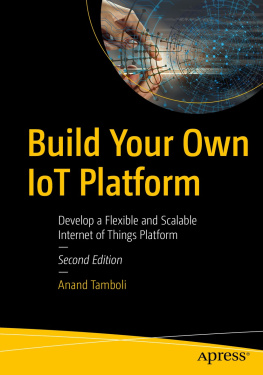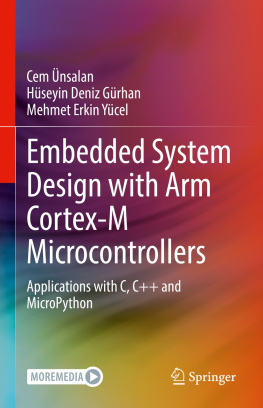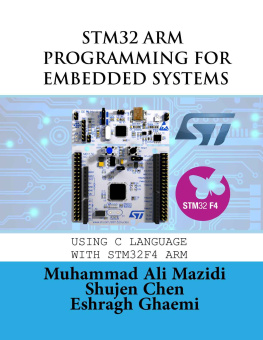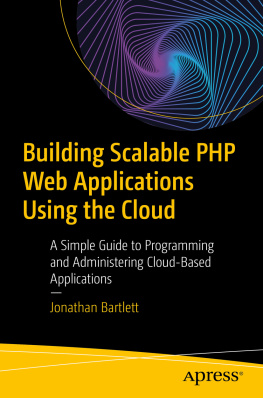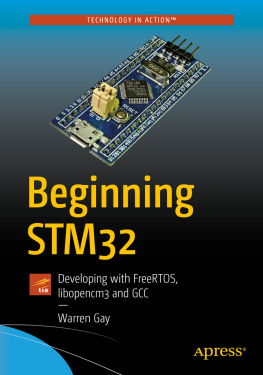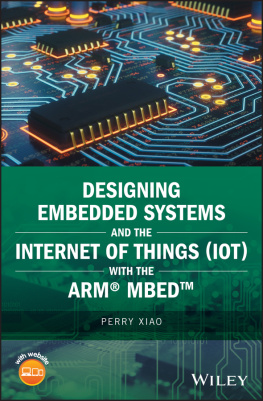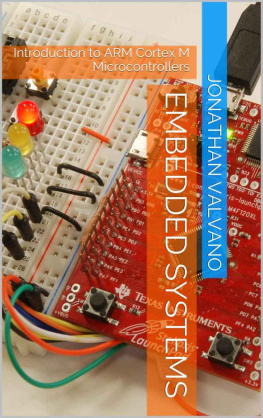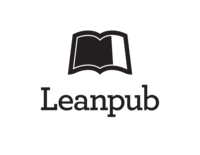Carmine Noviello - Mastering STM32: A step-by-step guide to the most complete ARM Cortex-M platform, using the official STM32Cube, 2nd Edition
Here you can read online Carmine Noviello - Mastering STM32: A step-by-step guide to the most complete ARM Cortex-M platform, using the official STM32Cube, 2nd Edition full text of the book (entire story) in english for free. Download pdf and epub, get meaning, cover and reviews about this ebook. year: 2022, publisher: leanpub.com, genre: Home and family. Description of the work, (preface) as well as reviews are available. Best literature library LitArk.com created for fans of good reading and offers a wide selection of genres:
Romance novel
Science fiction
Adventure
Detective
Science
History
Home and family
Prose
Art
Politics
Computer
Non-fiction
Religion
Business
Children
Humor
Choose a favorite category and find really read worthwhile books. Enjoy immersion in the world of imagination, feel the emotions of the characters or learn something new for yourself, make an fascinating discovery.
- Book:Mastering STM32: A step-by-step guide to the most complete ARM Cortex-M platform, using the official STM32Cube, 2nd Edition
- Author:
- Publisher:leanpub.com
- Genre:
- Year:2022
- Rating:4 / 5
- Favourites:Add to favourites
- Your mark:
Mastering STM32: A step-by-step guide to the most complete ARM Cortex-M platform, using the official STM32Cube, 2nd Edition: summary, description and annotation
We offer to read an annotation, description, summary or preface (depends on what the author of the book "Mastering STM32: A step-by-step guide to the most complete ARM Cortex-M platform, using the official STM32Cube, 2nd Edition" wrote himself). If you haven't found the necessary information about the book — write in the comments, we will try to find it.
This is the second edition of the most complete book about the STM32 family of 32bit Flash microcontrollers from ST Microelectronics based on the ARM CortexM architecture. The book will guide you in a clear and practical way to this hardware platform and the official ST CubeHAL and STM32CubeIDE, showing its functionalities with a lot of examples and tutorials. The book assumes that you are totally new to this family of MCUs, and it will start showing how to setup the tool-chain to build your STM32 based applications.
The book is addressed both to professionals and to fans of this platform, like hobbyists and students. The book examples are based on nine Nucleo-64 boards from ST.
This second edition is composed by twenty-eight chapters, divided in about 900 pages. They cover
- Introduction to Cortex-M and STM32 microcontrollers.
- How to setup the STM32CubeIDE tool-chain in Windows, Linux and Mac OSX.
- How to use STM32CubeMX to generate application skeleton.
- Introduction to the debugging of STM32 applications.
- GPIO management.
- NVIC controller.
- UART peripheral.
- DMA controller.
- STM32 clock tree and its configuration.
- Basic, general purpose and advanced STM32 timers.
- ADC peripheral.
- DAC controller.
- I2C bus and protocol.
- SPI bus.
- CRC peripheral.
- IWDG and WWDG timers.
- RTC clock.
- Power management.
- The memory layout of an STM32 application and linker scripts.
- Flash memory management and the role of the ART Accelerator.
- The booting process in STM32 microcontrollers and how to write a custom bootloader.
- FreeRTOS 10.x and the tickless low-power mode.
- Advanced debugging techniques and how to use SEGGER tools to debug STM32 MCUs.
- FatFs Middleware.
- How to develop IoT applications with the W5500 Ethernet processor.
- USB 2.0 protocol and the STM32 USB Device Framework.
- How to design a custom board using an STM32 MCU.
Carmine Noviello: author's other books
Who wrote Mastering STM32: A step-by-step guide to the most complete ARM Cortex-M platform, using the official STM32Cube, 2nd Edition? Find out the surname, the name of the author of the book and a list of all author's works by series.


